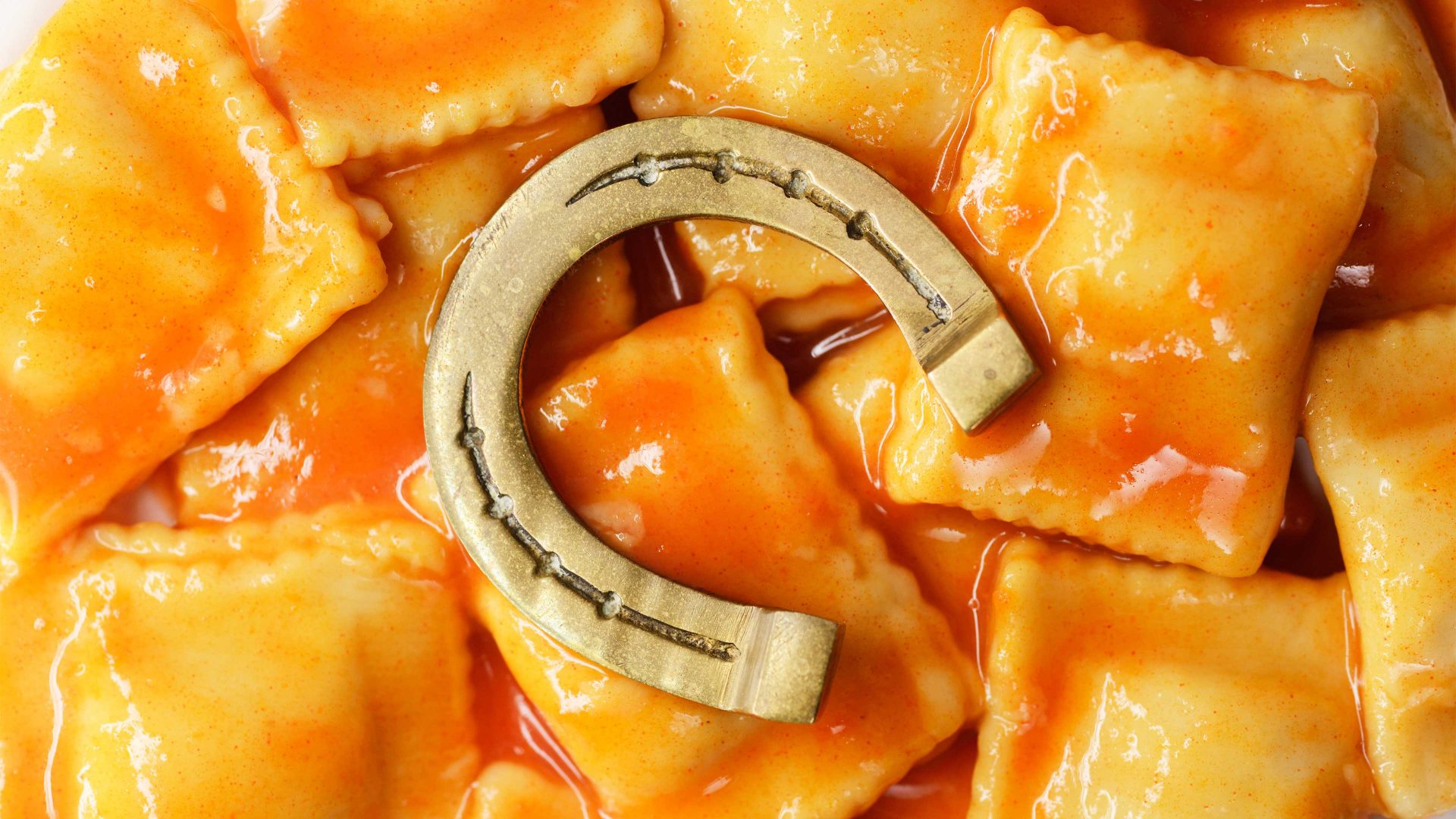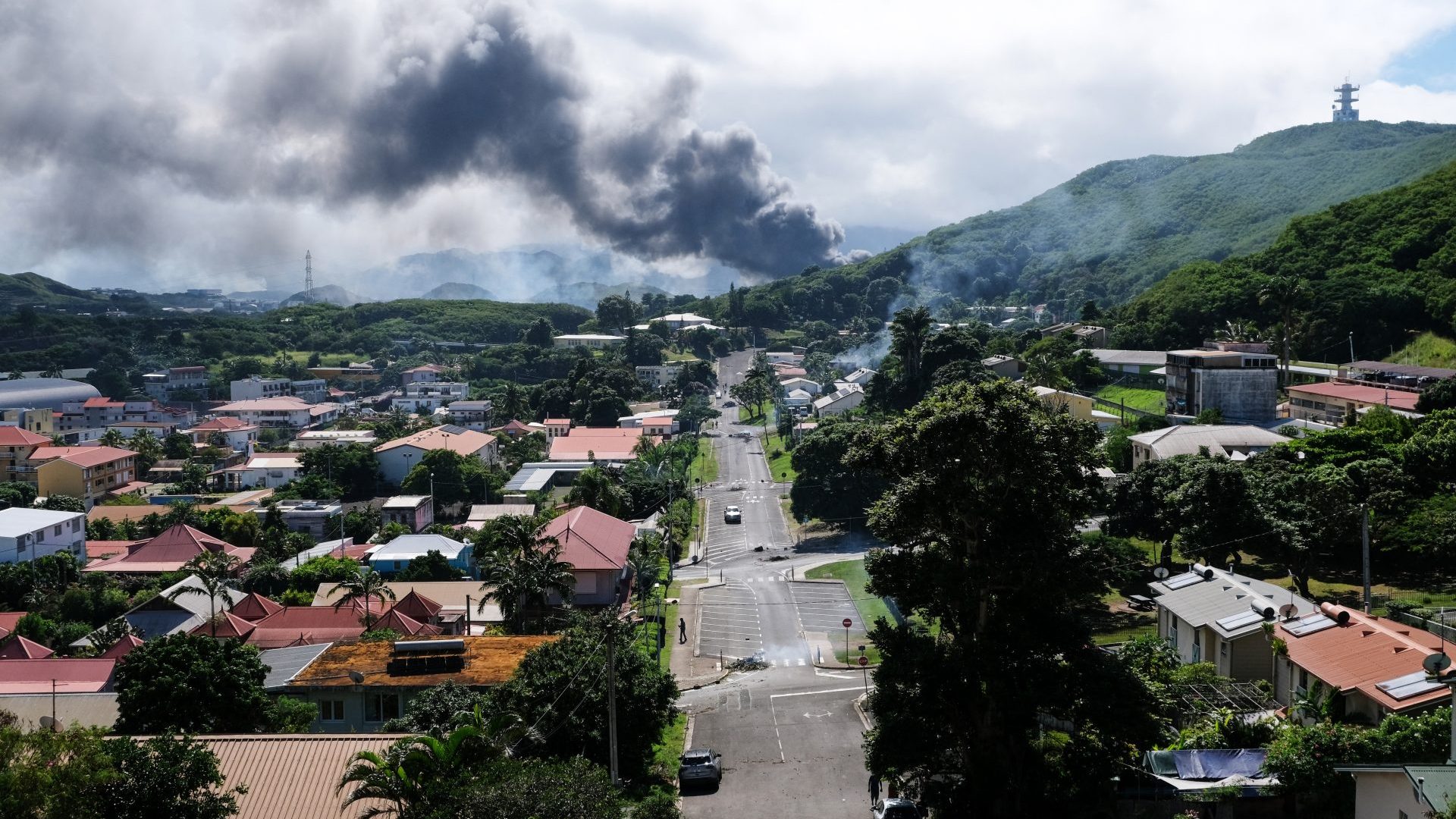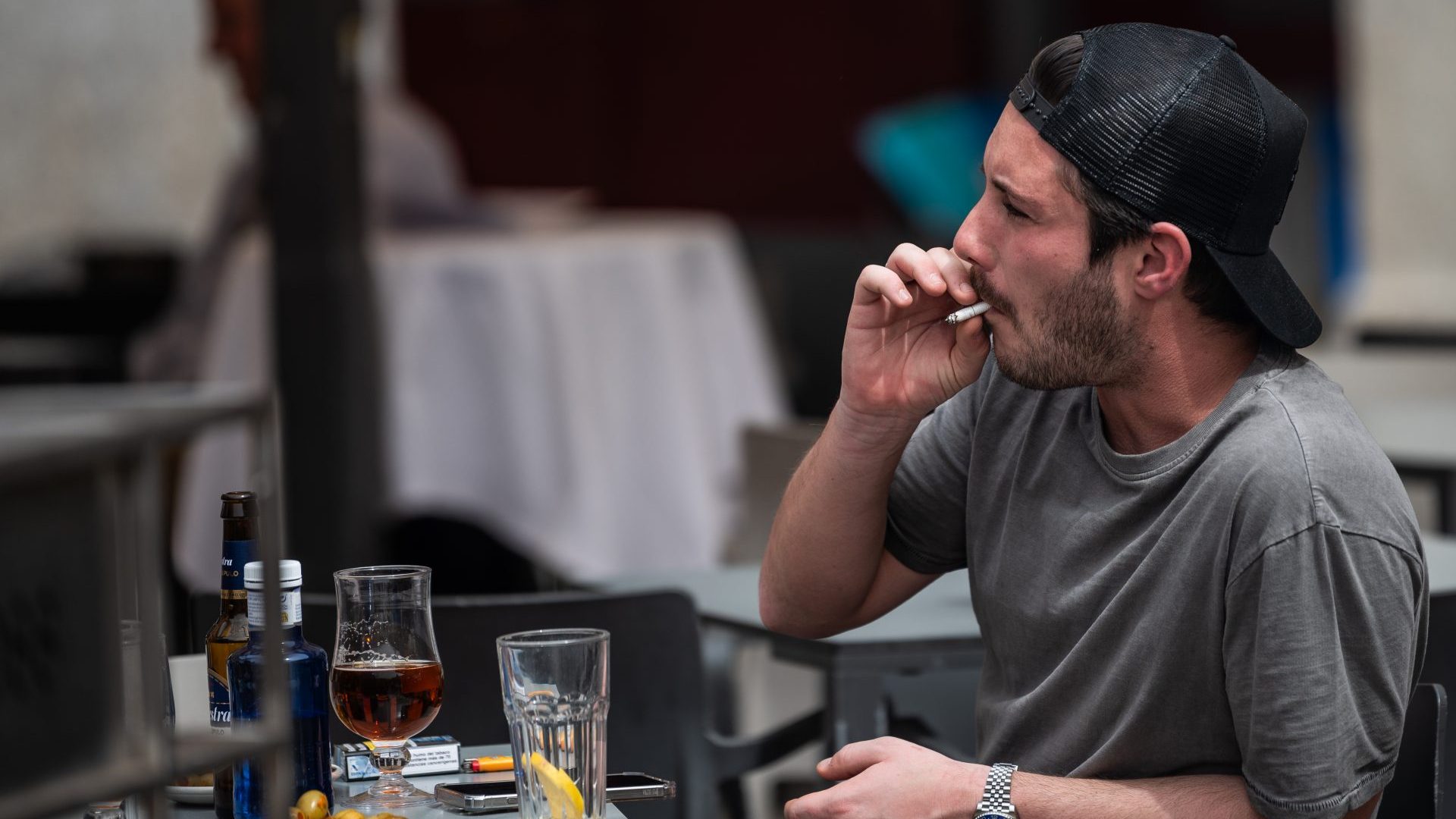Italians love eating meat. They eat all sorts of animals, even cute bunnies, deer, sometimes even cats and little birds. But there’s a spot in central Italy where locals are known for eating horse meat. The breed of horse is called the Catria, an indigenous variety that has lived wild around here for as long as anyone can remember.
When I first visited the medieval village of Cantiano, home to barely 2,000 residents and nestled on the hills of the Marche region, I was shocked to discover that no matter how much villagers adore and worship their local horses, they love eating them more.
I’m no fan of horse meat. Just the thought of it makes my stomach turn. I remember as a toddler my mother fed me a horse steak to boost my strength, saying it would make my blood rich with nutrients. I didn’t want to eat it, and began to cry. I ate a little, but threw it straight back up, before running to my room to make sure my pink (toy) pony was all right.
What shocked me was that Cantiano villagers didn’t see anything unusual in what they were doing. Just as in the UK and much of Europe (with the exception of France), eating horse meat is considered taboo in the rest of Italy – but locals here are addicted to all sorts of fancy horse burgers and sandwiches. They breed horses and love them, but then butcher them to be sold at food fairs.
I visited Cantiano’s annual Horse Festival. The food stalls were selling horse salami and flat pancake-like meatballs called coppette, stuffed with horse meat and spiced with black pepper.
But the festival was picturesque, and there were quite a few curious foreigners there that day.
“Our ancestors would travel on horseback with dry horse meat burgers pressed under the saddle, which would remain warm thanks to the animal’s body heat,” says Paolo, a young horse breeder whose family has been selling horse meat for three generations. “You see, horses are part of our DNA.”
The fair featured horse exhibitions and competitions. Spectators indulged in oven-baked foal fillets covered in breadcrumbs and other extravagant horse meat finger foods, accompanied by sour cherry liqueur.
I did not taste any of it. To see them running free on the prairies, beautiful and elegant, and then look at the food stands to see them roasted and served in slices on plastic plates – it was too much to take in.
I left the fair and wandered into the historic centre of the village, desperate for something less gruesome.
The area has stunning scenery. Straddling two rocky plateaus and circled by towers and walled walkways, Cantiano has a glorious past. It was founded by fiery Italic tribes that were forced to bend the knee to Rome. Thanks to its strategic position along the key Via Flaminia, one of Italy’s oldest routes, it was turned into a military settlement by ancient Romans.
Lavish palazzos with ornate coats of arms stand alongside simpler shepherds’ dwellings, many of them crumbling and empty, while the surrounding countryside is dotted with abandoned farms.
By the medieval piazza, a stunning belvedere overlooks green rolling hills – the ones where the horses roam. The idyllic setting seemed at odds with the cruelty that goes on there.
Silvia Marchetti is a freelance journalist based in Rome




